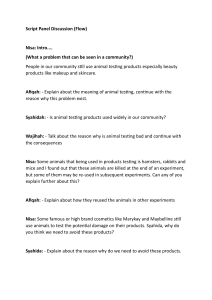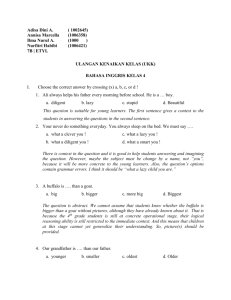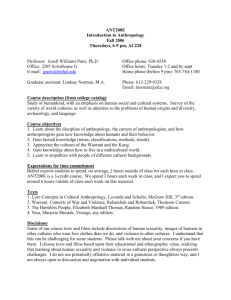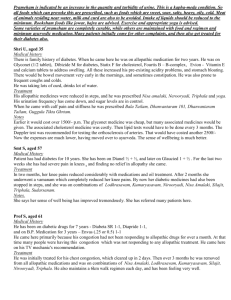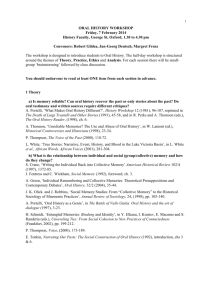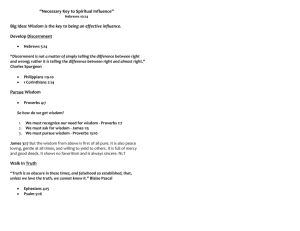Nisa
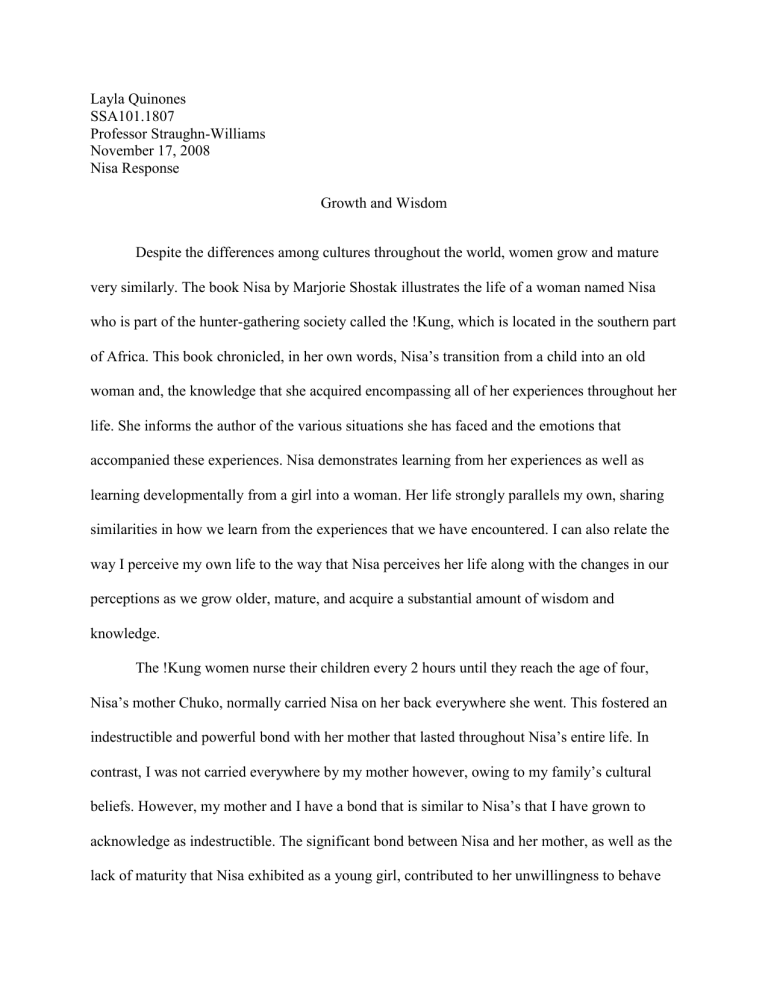
Layla Quinones
SSA101.1807
Professor Straughn-Williams
November 17, 2008
Nisa Response
Growth and Wisdom
Despite the differences among cultures throughout the world, women grow and mature very similarly. The book Nisa by Marjorie Shostak illustrates the life of a woman named Nisa who is part of the hunter-gathering society called the !Kung, which is located in the southern part of Africa. This book chronicled, in her own words, Nisa’s transition from a child into an old woman and, the knowledge that she acquired encompassing all of her experiences throughout her life. She informs the author of the various situations she has faced and the emotions that accompanied these experiences. Nisa demonstrates learning from her experiences as well as learning developmentally from a girl into a woman. Her life strongly parallels my own, sharing similarities in how we learn from the experiences that we have encountered. I can also relate the way I perceive my own life to the way that Nisa perceives her life along with the changes in our perceptions as we grow older, mature, and acquire a substantial amount of wisdom and knowledge.
The !Kung women nurse their children every 2 hours until they reach the age of four,
Nisa’s mother Chuko, normally carried Nisa on her back everywhere she went. This fostered an indestructible and powerful bond with her mother that lasted throughout Nisa’s entire life. In contrast, I was not carried everywhere by my mother however, owing to my family’s cultural beliefs. However, my mother and I have a bond that is similar to Nisa’s that I have grown to acknowledge as indestructible. The significant bond between Nisa and her mother, as well as the lack of maturity that Nisa exhibited as a young girl, contributed to her unwillingness to behave
Quinones 2 accordingly with her first two husbands. She was reluctant permanently live with them as well as show sexual affection towards them. Nisa shows her lack of interest towards marriage and reacts by sneaking from her marriage hut into her mother’s hut to sleep. Shostak refers to this maternal attachment and lack of maturity when she explains that the !Kung acknowledge that “girls are not expected to leave their mothers while they are still young” (116). They however, are expected to marry an older man and live in a different hut in order to expand the family’s social world and, to ensure the young wife would be cared for at a tender age. Although significantly dissimilar, I relate this stage of Nisa’s life to “the cooties” stage in my life. As a young child, I believed that all boys and men had “the cooties”, an imaginary contagious disease that expressed my dislike and fear for them. I often would become afraid of little boys and be reluctant to play with them. Instead I would normally choose to hide behind my mother for security and protection. However, as demonstrated by Nisa as she becomes a woman, this dislike and fear of the opposite sex gradually transformed into extreme attraction.
After her first two unsuccessful marriages, Nisa becomes more maturing in dealing with relationships as she grows older, making her third one extremely successful. When she marries her third husband Tashay, she grows to love him and have children with him. Despite their differences and dislikes, the couple deals with their problems like adults, maintaining a loving relationship within the family. She also assumes an ideal role for !Kung woman as a nurturing mother and wife; gathering food for her family and caring greatly for her children. In my life, I have experienced at a young age what it is like to fall in love and start a family. Like Nisa, when
I had my first child, I also had to assume a motherly, nurturing role for my child. Having a first child proved to be a major turning point in my life as well as Nisa’s life and it is recognized in my society as well as hers to mark the transition from childhood into adulthood. This turning
Quinones 3 point is also accompanied by maturity and wisdom to understand that a small child relies entirely on his/her mother and, it is the mother’s responsibility to care for her child, ensuring his/her survival. The wisdom and change that occurs when a female enters motherhood, alters her point of view and changes her role in society. As noted by Shostak, even after a young girl has married, she will “continue to spend much time playing with friends” until she has had her first child when she will be finally considered an adult (135).
Nisa also expresses her adult point of view when she begins to take lovers. This demonstrates a further attraction to men as Nisa begins to sexually mature, her love affairs begin to become an important part of her life. In relation to my life, I also “evolved” from a stage of dislike for boys and men to a stage of extreme attraction to them. As a young woman, I began to demonstrate this attraction by altering my own appearance and transforming into a feminine being. Although my life has never been consumed by this desire for men as it was for Nisa, we both grew into feminine adults as a consequence of sexual maturating and becoming old enough to take part in adult activities.
Throughout the course of her life, Nisa had experienced a great number of deaths in her family that left her mourning intensely. Although I have not yet experienced any deaths in my own family, I imagine how it might change the way a woman views her life. In fact, Nisa compared the death of her two children to be that of a pain that almost killed her (277). She recalls that after the loss of her children, she mourned and cried for them until she became almost sick to death (282).She mourned their deaths for years; however, she also felt the physical difference of being alone because her children contributed to the family’s survival. This forced
Nisa to readjust to a new lifestyle and fend for herself. This shows the extremely negative impact that the death of her family members had on her life and how it changed her attitude towards
Quinones 4 living. Nisa also recalls how she becomes sad when she misses them especially when she is alone and reacts by suppressing those strong negative feelings by “rarely thinking of those who have died” (282). I also use this method of “forgetting” negative events in my life so that I may continue to live effectively. In this way I change my perception of life, focusing only on the positive, so as to not be overwhelmed by negativity that can possibly cause the destruction of my well being. In this sense, suppressing negative memories in life is a way for Nisa and I to act responsibly, ensuring our survival in a life that we deem worth living.
Along with all of the experiences in her life, Nisa also had to deal with menopause and growing old. Shostak points out that in the !Kung tribe, growing old may be considered a luxury because of all the deaths that occur before people turn sixty years old (287). Nisa expresses that growing old is a bad thing because when a woman is old, she becomes weak, gets tired easily and when menopause starts, she cannot conceive any more children. She demonstrates a desire to have more children when she asks the author for medicine so she may be able to conceive children once again. On the other hand, years later when the author asks Nisa about her feelings towards menopause, she seems to have accepted the fact that she would never be able to have children again, giving the subject very little attention (293, 324). In addition, Shostak accounts that as an older woman, the tone of Nisa’s voice was “easy, relaxed, and…calm. Qualities had crept into it that [Shostak] didn’t recognize from years before. Things no longer seemed as painful for her” and “her relationships with other men…were not of great concern” (325). This behavior can be interpreted as a form of wisdom and sense of self awareness that Nisa had acquired with old age. She did not emphasize the negative things present in life rather, she focused on the aspects of her life that she was happy about. The ability to refrain from trying to change the things that she does not like in her life is one that I envy. This marks the true
Quinones 5 happiness and satisfaction associated with life that Nisa has learned as a result of all the obstacles she has endured.
In all, my life and Nisa’s life share many parallel views that allow me to relate greatly to her emotions and actions. Although there are many differences between Nisa’s life experiences and mine, we share a fundamental aspect: when we grow old we gain knowledge and wisdom through our life experiences. As we carry them with us during our day to day lives, we learn more about what it takes to be happy as well as how to survive through the obstacles that life will throw at us. Life’s sufferings and experiences bring forth knowledge and wisdom that helps us to attain the happiness that all women yearn for. After living a dramatic life, Nisa, with her knowledge and wisdom about the world, came to terms with old age with integrity; accepting the way things were in her life eventually leading her to find the happiness that she had always searched for.
